A Hindu wedding has a lot of different traditions and celebrations. From choosing the most lucky day and time based on the bride and groom’s horoscopes to the saat phere they do around the holy fire, there is a lot to see and do. There is profound philosophical and spiritual meaning associated with each phase from deciding on the Hindu wedding card to arranging any other function. Learn the significance of these old traditions that may bring you good fortune on your wedding day, whether you believe in them or not:
Three main rituals are common: Panigrahana (the presence of the holy fire), Saptapadi (the 7 steps and vows done around the fire), and kanyadaan (the father giving away his daughter), however regional customs might differ.
We Have Explained The Most Typical Wedding Rituals Below:
Engagement
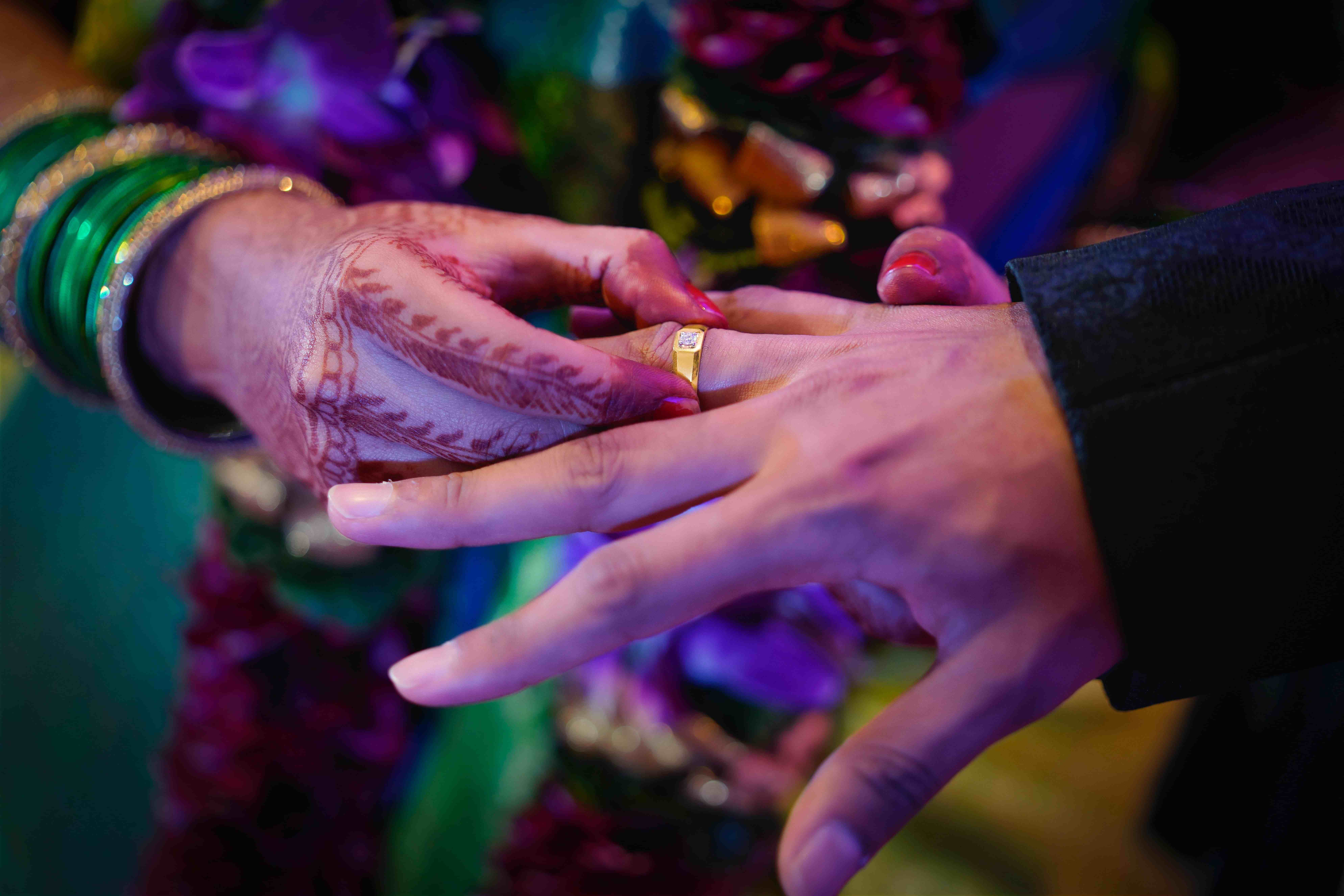
As the name implies, the ritual includes the bride and groom exchanging rings. It is also called Roka, Nishchayam, or Ghor Dana in different regions. To express their approval of the relationship and to welcome one another into their respective families, the two families also share presents with one another.
Mehndi
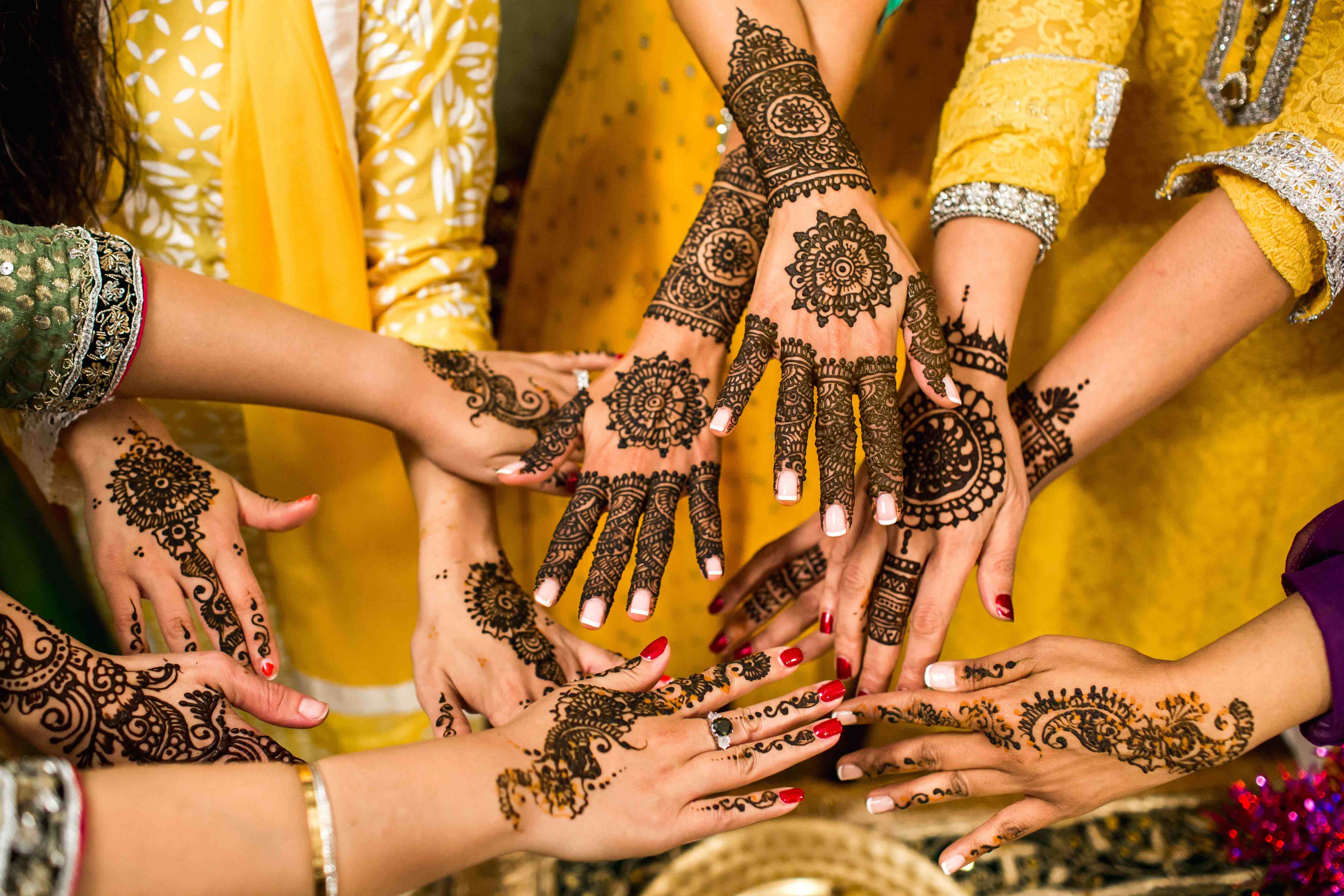
Mehendi is a traditional Northern Indian wedding ceremony in which the bride’s hands and feet are painted with intricate henna patterns, frequently with the groom’s name. Mehendi designs are often applied on the arms of all the ladies in the family. It is believed that the deeper the mehendi colour, the more love and gratitude the bride would get from her partner and in-laws and that this ceremony is a favourable omen that greets her bright future.
Sangeet
This would be the one occasion when the bride-to-be and her companions could really let loose. It’s intended for the two families, together with their relatives, to socialise and get to know one another in a fun environment as both families enjoy dancing and singing performances.
Haldi
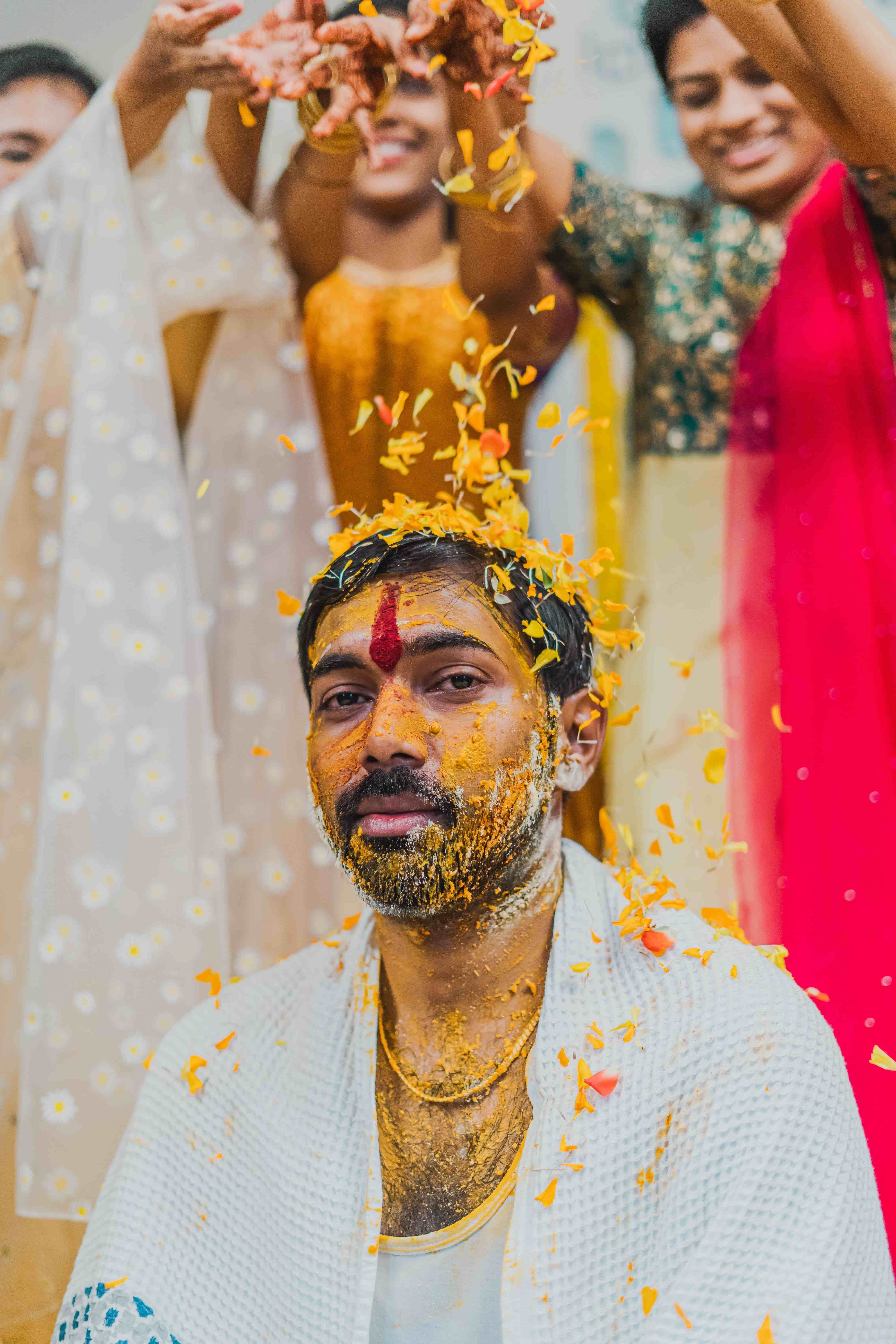
The haldi celebration, a custom observed by almost all Indian cultures, is often held in the homes of the bride and groom. A particular turmeric paste is lavishly applied to the skin, mainly by mothers and other female relatives, in the belief that it has healing abilities and wards off negative energy.
Kanyadaan
The kanyadaan, or the bride’s father introducing her to the groom, is among the most important parts of the wedding. The parents of the bride lay her left hand on top of his right hand and perform a mantra that cleanses them of negative karma and forgives them of obligations to their ancestors.
Panigrahana
In this custom, the groom takes the bride’s hand as a sign of their approaching marriage and declares his complete acceptance of his duty to the four gods, Purandhi (knowledge), Savita (new beginning), Aryama (heavens), and Bhagya (wealth). There is also chanting of the Rig Vedic mantra.
Saptapadi Or Saat Phere
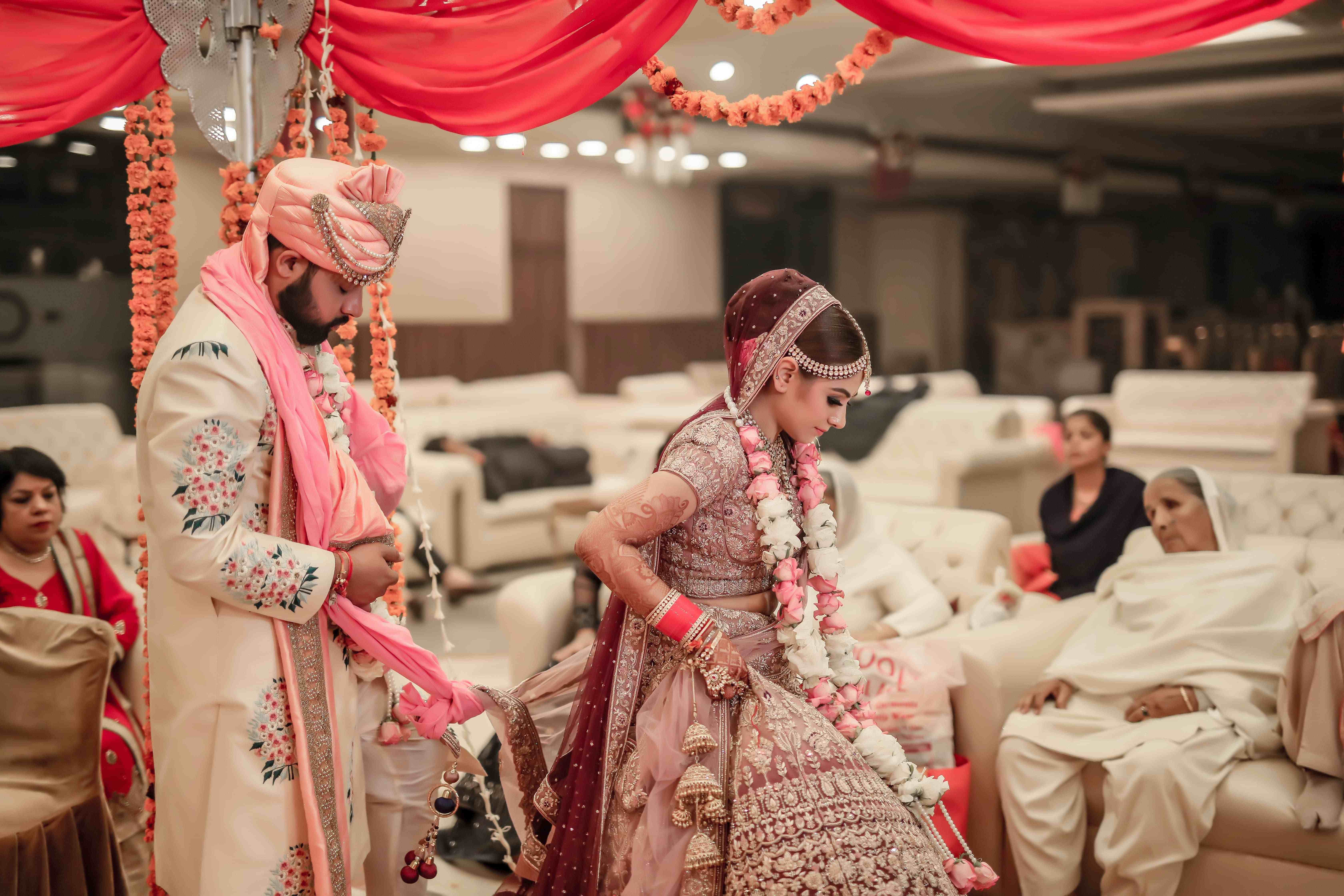
Wearing their robes knotted together, the bride and groom circle the holy fire seven times, making a vow to be each other’s lifelong partners. The groom leads for the first six rounds. In the seventh round, the bride goes ahead, which means she is now a part of his life. The recitation of the 7 sacred vows, which include honouring and respecting one another, sharing joys and sorrows, trusting and remaining faithful, instilling respect for knowledge and values, developing through parental and spiritual responsibilities, adhering to their dharma, and, in the end, nurturing their friendship and love bond, is the final ritual. Following this, the recently married pair turns to their elders in hopes of receiving blessings.
Vidaai
The bride is offered a heartfelt farewell by her loved ones before she tosses 3 handfuls of grain and cash over her head as payment to her biological parents for their nurturing upbringing.
Kalash
The mother gives the couple a customary aarti as soon as they arrive at the groom’s house. In a symbolic gesture of welcoming plenty and fortune, the bride topples a kalash of grains as she approaches her new home. After dipping her feet in crimson paste, the bride enters the room and honours Goddess Laxmi by leaving footprints in her wake.
Reception
The pair hopes to meet and welcome all of their relatives and close friends at this last ceremony honouring their heavenly union, as well as receiving presents and blessings.
Also, don’t miss out on these ShaadiWish-approved best hindu wedding vendors for your D-day.



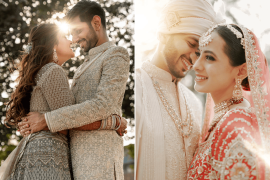
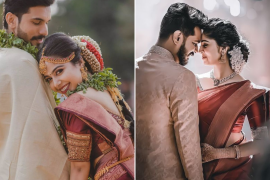

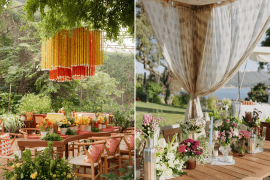








Comments are closed.